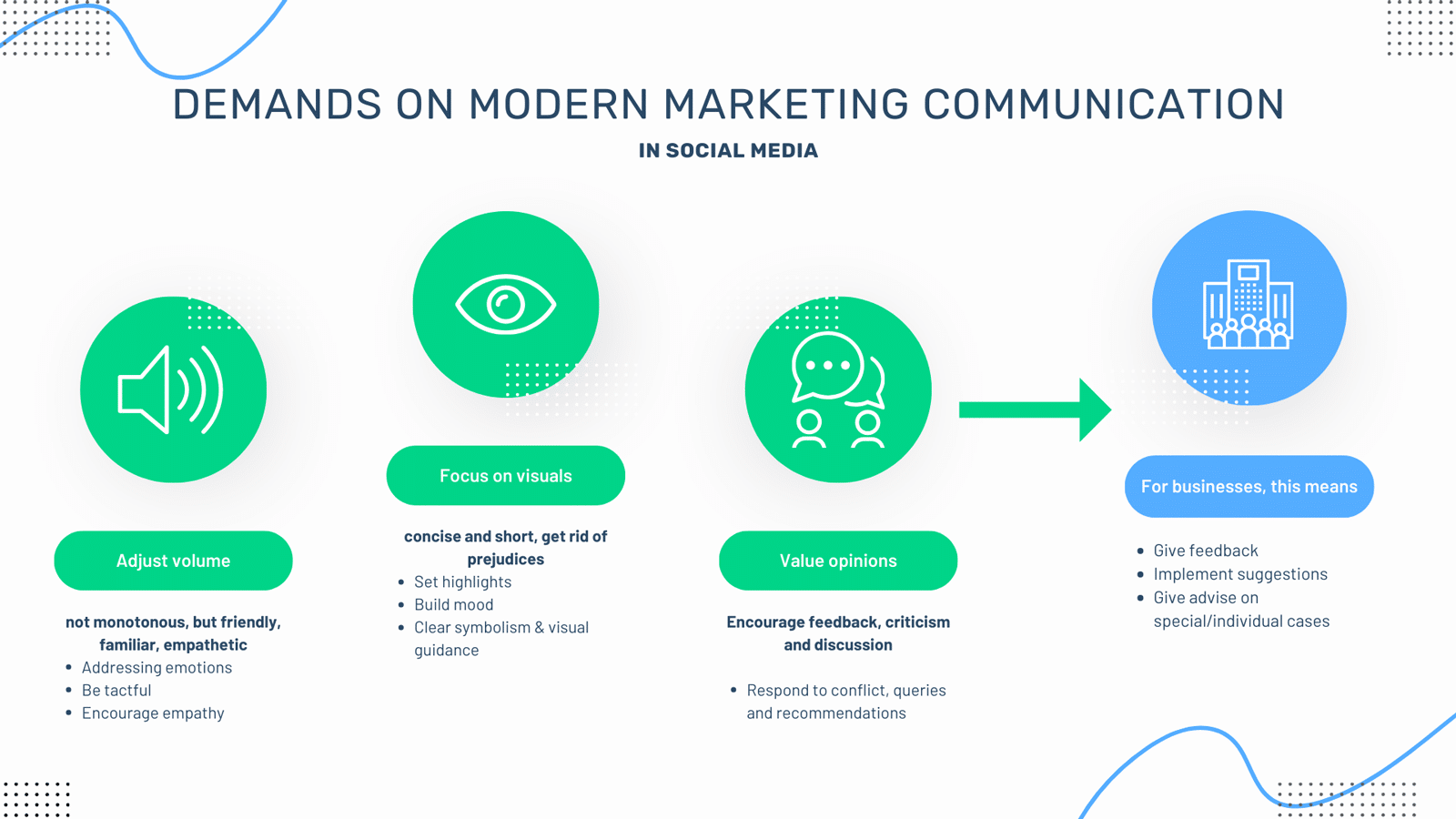What significance do SMS and email still have for social media campaigns?
The role of SMS and email communication in this area is underestimated strongly, but here and there they are rediscovered. They are not really on the same level as social media channels and yet they offer promising advantages if they are cleverly integrated into the marketing campaign.
Apart from data protection guidelines, reliable accessibility, easy integration into software solutions and many other advantages, SMS and email score particularly well with one important – and very social – aspect: they create a basis of trust where other forms of messaging may not be effective enough.
Public WiFi Codes
An example: For your business you are running a VIP campaign on Facebook. Certain products are discounted on this day, drinks are ready, the community is invited and on the spot. Everyone has pulled out their smartphone. What is missing? Clearly: a WiFi hotspot that strengthens customer loyalty. You advertise the event via social media, but you probably wouldn’t want to publish a public WiFi code there. Your customers can easily query this code directly in the store and have it automatically sent to them by SMS. This does not cause you any significant additional expense, but it does create a decisive added value. As soon as the mobile phone numbers are linked to your WLAN, they will be able to reconnect at the next contact (i.e. when the customer comes back). One more reason for the invited guests to visit your shop more often. Back in social media they can report on the positive experience and draw the attention of other participants to your hospitality.
Similarly, you can use SMS and emails for many other authentication scenarios. Even the instant messengers Whatsapp, Beetalk and Viber use SMS notifications to verify contact information.
Up to date
SMS services also allow users to create updates even if they don’t have an Internet connection. Be it a status update, profile change, posting photos, etc. Both Facebook and Twitter offer such SMS services.
In parallel, your employees can upload data to social media via SMS, for example photos of suppliers where your products are manufactured or used, etc., while on the move. In this way, you can capture topicality, authenticity and connectivity all in one.
At the same time, some of the SMS services of social media include an alert feature. It automatically sends SMS to the user as soon as suspicious account activity is recorded. This can be unauthorized access, notifications of selected contacts, important changes to a friend’s profile, invitations to events and so on.
This means that both you as a company and your customers are always up to date, even without mobile data reception, quite simply and tried.
Opinion asked
Surveys, polls and the like can be easily implemented on Faceboook. Other social media networks find it a little more difficult, but users almost always find a way. From an entrepreneur’s point of view, such votings can also be solved via SMS, even better than via email. One communication channel does not necessarily have to replace the other, both can be combined well.
Here solution would have to be adapted to the campaign and/or the product if necessary. Opinion polls and competitions can also be skilfully implemented via short codes. A simple “Send A or B to number 123” can sometimes activate the user to participate, provided the personal incentive is large enough.
Sponsored by
Sponsoring campaigns can also be set up specifically via SMS. Here again, the criteria of data protection and trust speak in favour of a classic form of notification. Anyone who recruits sponsors via social media or appears as one can use Two Way Messaging via SMS to create a parallel communication path through which the sponsor and sponsored parties can exchange safety-critical information.
The way in which companies communicate with their customers has changed significantly as a result of social networks. A change that holds many unknowns, but provides at least as many opportunities. Under no circumstances should everyone involved lose sight of the keyword “social”. The users of such platforms primarily want to be informed, enthused, moved, stimulated – if they then decide to buy the products the better. However, what counts most here is the marketing of the company’s image. Only those who present themselves credibly can profit from this.
